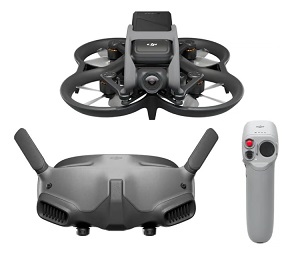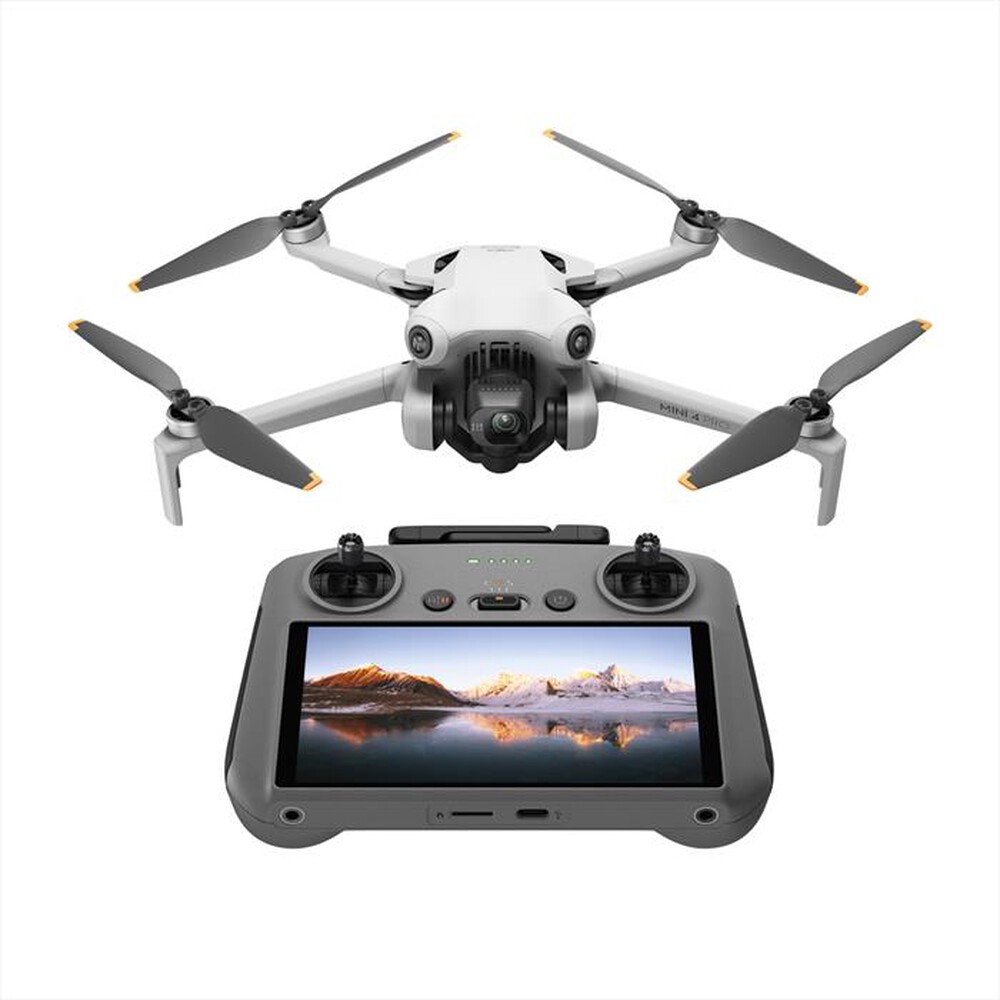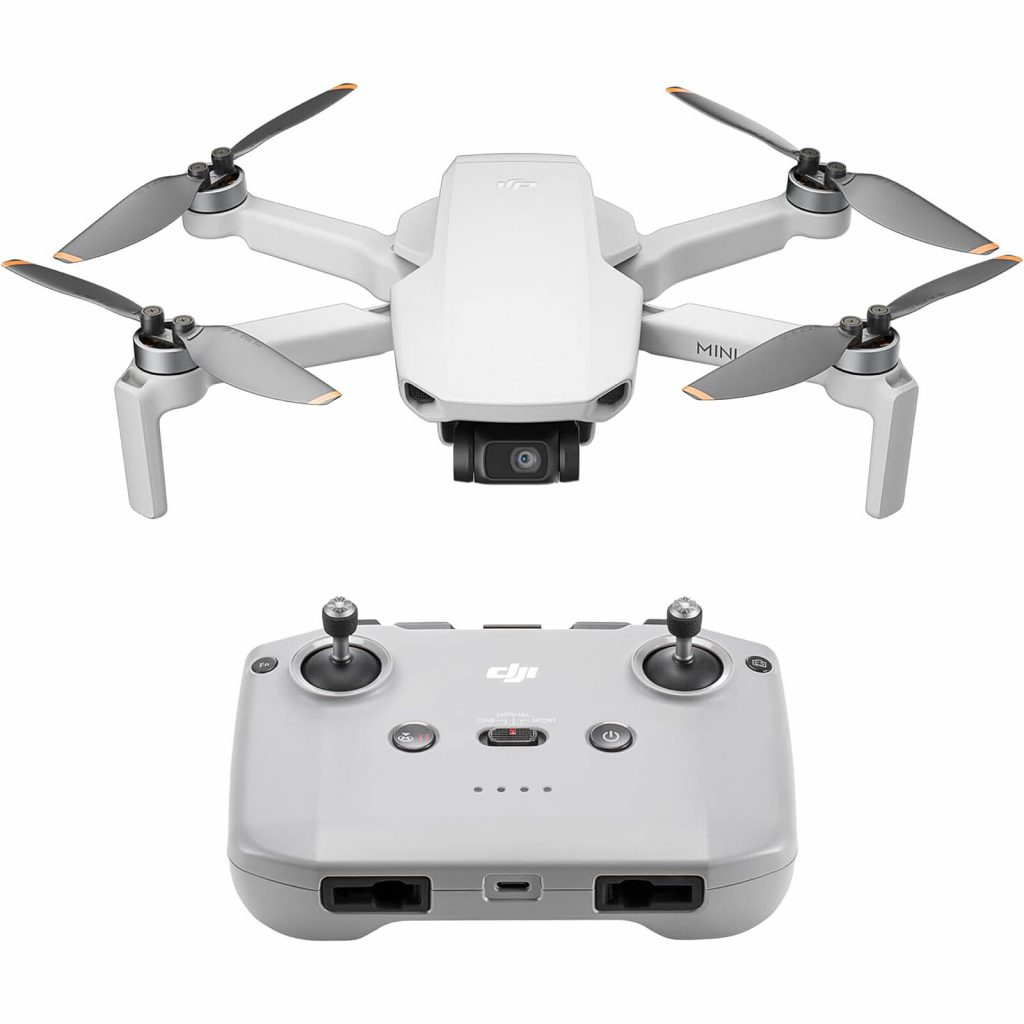FPV Drones: An Immersive Flying Experience
Introduction
The realm of drone technology has undergone a massive transformation with the rise of First Person View (FPV) drones. Unlike traditional drones, FPV drones allow pilots to experience flight through the “eyes” of the aircraft, delivering a thrilling and immersive perspective. Whether you’re skimming treetops, weaving through obstacles, or racing at high speeds, FPV drones offer an unmatched sense of adventure. In this post, we’ll explore what makes FPV drones special, discuss their benefits and drawbacks, and provide tips for newcomers eager to embrace this captivating hobby.
What Are FPV Drones?
At their core, FPV drones are unmanned aerial vehicles (UAVs) equipped with a camera that streams live video to a display, typically goggles or a monitor. This live feed allows pilots to see exactly what the drone “sees,” creating a sensation akin to piloting a small aircraft.
FPV drones are commonly used for:
- Freestyle flying: Performing aerobatic stunts and maneuvers.
- Racing: Competing in high-speed courses designed for FPV pilots.
- Cinematography: Capturing dynamic and unique footage for films, commercials, and personal projects.
- Exploration: Navigating environments that are difficult or impossible to access on foot.
Advantages of FPV Drones
Immersive Experience
FPV drones provide an adrenaline-pumping experience that makes flying incredibly engaging. The sensation of being “in the cockpit” transforms flying into an adventure.
Enhanced Control
The first-person perspective offers precise control, making it easier to navigate tight spaces and execute complex maneuvers compared to traditional line-of-sight flying.
Creative Potential
Filmmakers and photographers can use FPV drones to capture stunning, dynamic shots that are impossible with standard drones. The unique angles and movements add a cinematic touch to visual storytelling.
Thriving Community
The FPV community is a vibrant, supportive space filled with enthusiasts who share tips, tutorials, and inspiration. From local meetups to global online forums, there’s a wealth of resources for beginners and experts alike.
Disadvantages of FPV Drones
Steep Learning Curve
FPV flying requires significant practice to master. New pilots must learn skills such as manual control, understanding flight dynamics, and troubleshooting technical issues.
Cost
High-quality FPV drones and their accessories—goggles, controllers, and spare parts—can be expensive. Additionally, crashes, which are common for beginners, may lead to repair costs.
Regulatory Challenges
FPV drone flying often falls under strict regulations. Pilots must be aware of laws regarding drone use in their region, including restrictions on flying beyond visual line of sight (BVLOS).
Maintenance
FPV drones require regular upkeep. Pilots must be prepared to repair damaged parts, update firmware, and maintain batteries to ensure optimal performance.
Getting Started with FPV Drones
Choosing the Right Drone
For beginners, Ready-to-Fly (RTF) drones are ideal as they come pre-assembled and require minimal setup. Popular entry-level models include:
- BetaFPV Cetus Pro
- EMAX Tinyhawk II
- DJI FPV Drone
Essential Accessories
- FPV Goggles: Ensure they are compatible with your drone’s transmission frequency.
- Controller (Transmitter): Choose a reliable controller for precise navigation.
- Batteries and Chargers: Invest in high-quality batteries and a good charger for safety and longevity.
Training and Practice
Start by practicing in open areas or using a flight simulator to hone your skills without risking crashes. Many simulators, like Liftoff or Velocidrone, replicate FPV flying with impressive realism.
Understanding Safety and Regulations
Familiarize yourself with local drone laws. In many regions, FPV flying requires a spotter or additional permissions for legal compliance.
Tips for Successful FPV Flying
- Start Small: Begin with micro FPV drones or simulators to build confidence.
- Learn Basic Repairs: Crashes are inevitable, so understanding how to fix your drone will save time and money.
- Join a Community: Connect with other FPV pilots to exchange knowledge and stay motivated.
- Focus on Battery Management: Monitor battery voltage during flights to prevent damage and extend lifespan.
- Experiment Gradually: Challenge yourself with new maneuvers and environments as you gain experience.
Conclusion
FPV drones open up a world of exhilarating possibilities, blending technology, creativity, and adventure. While the learning curve may seem daunting at first, the rewards far outweigh the challenges. Whether you’re drawn to racing, freestyle flying, or capturing breathtaking visuals, the FPV experience is nothing short of transformative. With the right equipment, practice, and community support, anyone can embark on this incredible journey.
So, what are you waiting for? Dive into the world of FPV drones and take your passion for flying to new heights!



